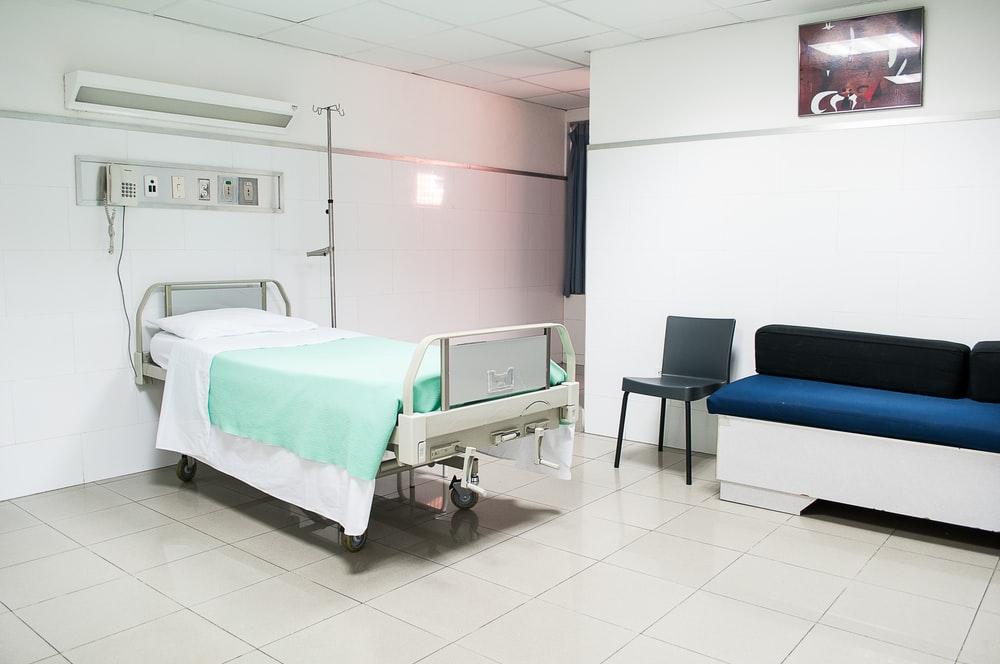Do you know what hemorrhoids are? Many myths are spread over the Internet regarding this medical condition. One of them is that hemorrhoid is a disease that can only be treated through surgery. Completely false!
Let’s discuss the real facts about hemorrhoids and their treatment.
What are Hemorrhoids?
Hemorrhoids are just a bundle of blood vessels present at the end of your rectum and anus to prevent leakage. These blood vessels cause problems only if they swell. What problems? Rectal bleeding, pain, itching, and discomfort in the anal area, especially while passing bowel movements.
How are hemorrhoids treated? The answer to this question depends upon the type of hemorrhoid you have. Hemorrhoids can be classified into two major categories, internal and external. They are explained below in detail.
1. Internal Hemorrhoids
They develop inside the rectum. You cannot see or feel them unless they prolapse from the anus during bowel movements. They do not cause much pain, but can result in rectal bleeding, itching, and discomfort.
Internal hemorrhoids are further segregated into four grades.
- Grade 1 hemorrhoids do not involve prolapse
- Grade 2 hemorrhoids prolapse from the anus but go back on their own.
- Grade 3 hemorrhoids also involve prolapse but must be pushed back manually.
- Grade 4 hemorrhoids prolapse outside the anus but have to be removed through medical intervention.
2. External Hemorrhoids
They erupt beneath the skin around the anus in the form of lumps. They usually cause more pain and discomfort than internal hemorrhoids because the area where they occur has more pain-sensitive nerves.
3. Thrombosed Hemorrhoid
Hemorrhoids may sometimes develop blood clots inside them, known as thrombus. The pool of blood collected inside the external-thrombosed hemorrhoids makes them look purplish-blue, black, grey, red, or brown. They are the most painful types of hemorrhoids.
Hemorrhoid Treatment – What are the Options?
Hemorrhoids are not usually painful. They go away on their own unless they prolapse or develop a thrombus. The doctors follow different stages in hemorrhoid treatment, depending upon the type and severity of their symptoms.
1. Home Treatment
To treat your hemorrhoids, the doctors first recommend you to try some home remedies. They include eating more fiber-rich foods, drinking more water, applying over-the-counter creams, and using stool softeners. These home remedies work for both internal and external hemorrhoids.
2. Non-Invasive Procedures
If home treatments are not effective in your case, the doctor will cut off the blood supply to your hemorrhoids by performing a non-invasive procedure. However, non-invasive procedures work only for internal hemorrhoids.
3. Surgical Procedures
You might need to remove severely prolapsed (grade 3 & 4) internal hemorrhoids or persistent external hemorrhoids through a surgery called hemorrhoidectomy. Hemorrhoidectomy is of two kinds: excisional or stapled.
- Excisional surgery involves cutting off the whole hemorrhoidal tissue
- Stapled surgery involves cutting off only a part of the tissue and stapling the rest back into its place.
Surgery is more painful than non-invasive procedures. Plus, recovery after the surgery is difficult. Therefore, surgical treatment is only performed when all other treatment options have failed.
Non-Invasive Hemorrhoid Treatment
Non-invasive treatments are used for internal hemorrhoids that do not get better with home treatments.
Here are some of the common non-invasive procedures used to treat hemorrhoids.
1. Rubber Band Ligation
Rubber band ligation is a procedure that involves tying off the hemorrhoids at its base with rubber bands. The rubber band cuts off the blood flow to the hemorrhoid.
- The doctor inserts a viewing instrument, called an anoscope into the anus.
- The hemorrhoid is held into place with the help of a grasping instrument.
- A device puts the rubber band around the base. The doctor will ask you if the rubber band feels too tight. A pain-numbing medicine is injected into banded hemorrhoids if you feel pain during the procedure.
- When the blood flow to the hemorrhoid is restricted, it shrinks, dies, and falls off after some time.
Side effects: Complications associated with rubber band ligation include bleeding, slippage of bands, urinary discomfort.
2. Coagulation
Coagulation refers to the clotting of blood. It is a procedure that involves cutting off blood supply to the hemorrhoids with the help of heat, laser, or an electrical current. This procedure hardly takes 10 minutes.
- The hemorrhoids shrivel up due to heat.
- Scar tissue is created around the hemorrhoid.
- Only one hemorrhoid can be addressed at a time; others may be treated at 10-to-14 day intervals.
Infrared photocoagulation is one of the most effective non-invasive methods used for treating hemorrhoids today. The doctors deliver small bursts of infrared lights to the patient using a probe.
3. Injection Sclerotherapy
Sclerotherapy is the oldest non-invasive method to treat hemorrhoids.
- The doctor first examines the hemorrhoids by using a proctoscope or endoscope. They are tube-shaped instruments used to reach into the anus and rectum to provide a clear view of hemorrhoids.
- Then the doctor scars hemorrhoids by injecting a chemical solution into them.
- The chemical makes the hemorrhoid shrink and dry up completely over time.
Side Effects: Some patients may feel like there is something in their anal canal. Others may also experience mild pressure, bleeding, pain, and discomfort. Very few patients end up with swelling or infections.
Final Words
Most hemorrhoids go away on their own without any medical treatment. You can treat them at home through measures like increasing your fiber intake, drinking more water, and using over-the-counter creams and stool softeners.
However, severely prolapsed internal hemorrhoids do not get better with home treatments. That’s where the non-invasive medical procedures help. The most common non-invasive hemorrhoid treatments are rubber band ligation, sclerotherapy, and coagulation.
Non-invasive procedures are time-saving and cost-effective than surgery. However, they cannot be used to treat external hemorrhoids.

